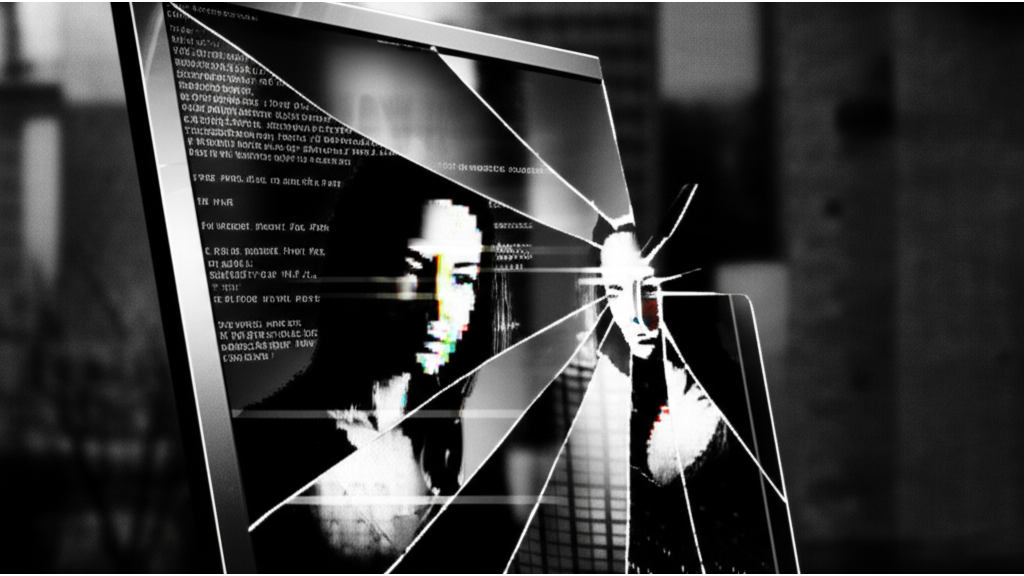The rapid advancement of artificial intelligence has led to the creation of tools that were once relegated to the realm of science fiction. One such category of tools, often referred to as "AI undressers," has sparked considerable controversy and debate. These tools, exemplified by platforms like Undressher, utilize AI algorithms to digitally alter images, often with the purported ability to remove clothing. This blog post aims to provide an objective and informative exploration of this technology, its underlying mechanisms, ethical considerations, and potential implications.
Understanding Undressher AI Technology
At its core, Undressher AI leverages sophisticated machine learning techniques, specifically deep learning models, to analyze and manipulate images. These models are typically trained on vast datasets of images, allowing them to recognize patterns and features associated with the human body and clothing. The AI then uses this knowledge to predict what might lie beneath the clothing in a given image, generating a modified version that depicts the subject in a state of undress.
Several key technologies contribute to the functionality of Undressher AI:
- Generative Adversarial Networks (GANs): GANs are a class of machine learning models commonly used in image generation tasks. They consist of two neural networks, a generator and a discriminator, that compete against each other. The generator attempts to create realistic images, while the discriminator tries to distinguish between real and generated images. Through this adversarial process, the generator learns to produce increasingly convincing results.
- Convolutional Neural Networks (CNNs): CNNs are particularly effective at processing image data. They use convolutional layers to extract features from images, such as edges, textures, and shapes. These features are then used to make predictions or generate new images.
- Image Segmentation: This technique involves partitioning an image into multiple segments, each corresponding to a different object or region. In the context of Undressher AI, image segmentation can be used to identify and isolate areas of clothing, allowing the AI to focus its efforts on those specific regions.
- Inpainting: Inpainting is a technique used to fill in missing or damaged parts of an image. Undressher AI can use inpainting to replace the clothing in an image with generated content that is consistent with the surrounding areas.
It is crucial to understand that the results produced by these AI tools are not necessarily accurate representations of reality. They are based on statistical probabilities and learned patterns, and they can be influenced by factors such as the quality of the input image, the training data used to develop the AI model, and the specific algorithms employed. The generated images are, in essence, AI-driven fabrications.
Ethical Considerations and Potential Risks
The use of Undressher AI raises a multitude of ethical concerns and potential risks, impacting individuals, society, and the responsible development of AI technologies.
- Privacy Violations: The ability to digitally remove clothing from images without consent constitutes a severe violation of privacy. Individuals have a right to control their own image and how it is presented to the world. Tools like Undressher AI undermine this right and can lead to feelings of vulnerability, distress, and psychological harm.
- Non-Consensual Deepfakes: Undressher AI can be considered a form of deepfake technology, as it creates fabricated images that depict individuals in a way that is not accurate or consensual. These deepfakes can be used to harass, humiliate, or blackmail individuals, causing significant reputational damage and emotional distress.
- Exacerbation of Sexual Harassment and Abuse: The existence of Undressher AI can contribute to a culture of sexual harassment and abuse. The ability to easily generate sexually explicit images of individuals without their consent can embolden perpetrators and normalize objectification and exploitation.
- Impact on Children: The potential for Undressher AI to be used to create child sexual abuse material is a particularly grave concern. The technology could be used to exploit and endanger children, and its widespread availability could make it more difficult to combat child sexual abuse.
- Bias and Discrimination: AI models are trained on data, and if that data reflects existing biases in society, the AI will likely perpetuate those biases. Undressher AI could be biased against certain groups of people, such as women, people of color, or members of the LGBTQ+ community, leading to discriminatory outcomes.
- Erosion of Trust: The proliferation of deepfake technology, including Undressher AI, can erode trust in images and videos. It becomes increasingly difficult to distinguish between real and fabricated content, which can have serious consequences for journalism, politics, and other areas of society.
- Legal Implications: The legality of using Undressher AI is unclear in many jurisdictions. Depending on the specific circumstances, it could potentially violate laws related to privacy, defamation, harassment, and child sexual abuse.
Given these ethical considerations and potential risks, it is crucial to approach Undressher AI with extreme caution and to consider the potential consequences before using or developing such technology.
Mitigating the Risks and Promoting Responsible Use
Addressing the ethical challenges posed by Undressher AI requires a multi-faceted approach involving technological solutions, legal frameworks, and societal awareness.
- Technological Safeguards: Developers of AI technology can implement safeguards to prevent the misuse of their tools. This could include features that detect and flag potentially harmful content, as well as measures to prevent the generation of images of identifiable individuals without their consent. Watermarking generated images to indicate they are AI-created can also help to prevent their misuse.
- Legal and Regulatory Frameworks: Governments and regulatory bodies need to develop clear legal and regulatory frameworks that address the ethical and societal implications of deepfake technology. These frameworks should include provisions for protecting privacy, preventing harassment and abuse, and holding perpetrators accountable for their actions. The EU AI Act is an example of proactive legislation in this area.
- Education and Awareness: Raising public awareness about the risks and potential harms of Undressher AI is essential. Educational campaigns can help individuals understand how to identify deepfakes, protect themselves from online harassment, and report instances of abuse.
- Ethical Guidelines and Codes of Conduct: AI researchers, developers, and users should adhere to ethical guidelines and codes of conduct that promote responsible innovation and use of AI technology. These guidelines should emphasize the importance of privacy, consent, and fairness, and should discourage the development and use of AI tools that could be used to harm or exploit individuals.
- Industry Collaboration: Collaboration between technology companies, researchers, and policymakers is crucial for developing effective solutions to the challenges posed by Undressher AI. This collaboration can facilitate the sharing of best practices, the development of technical standards, and the creation of effective regulatory frameworks.
- Promoting Media Literacy: Equipping individuals with the skills to critically evaluate online content is essential in the age of deepfakes. Media literacy education can help people distinguish between real and fabricated images and videos, and to understand the potential for manipulation and misinformation.
The development and deployment of Undressher AI and similar technologies necessitate a proactive and responsible approach. By implementing technological safeguards, establishing clear legal frameworks, raising public awareness, and promoting ethical guidelines, we can mitigate the risks and harness the potential benefits of AI while protecting individuals and society from harm.
Conclusion
Undressher AI represents a significant advancement in artificial intelligence, but it also poses serious ethical challenges and potential risks. The ability to digitally manipulate images and create non-consensual deepfakes raises concerns about privacy, harassment, abuse, and the erosion of trust. Mitigating these risks requires a multi-faceted approach involving technological safeguards, legal frameworks, education, and ethical guidelines. By promoting responsible innovation and use of AI technology, we can protect individuals and society from harm while harnessing the potential benefits of this powerful technology. It's a constant balancing act that requires vigilance, open discussion, and proactive measures to ensure AI serves humanity in a positive and ethical manner.



